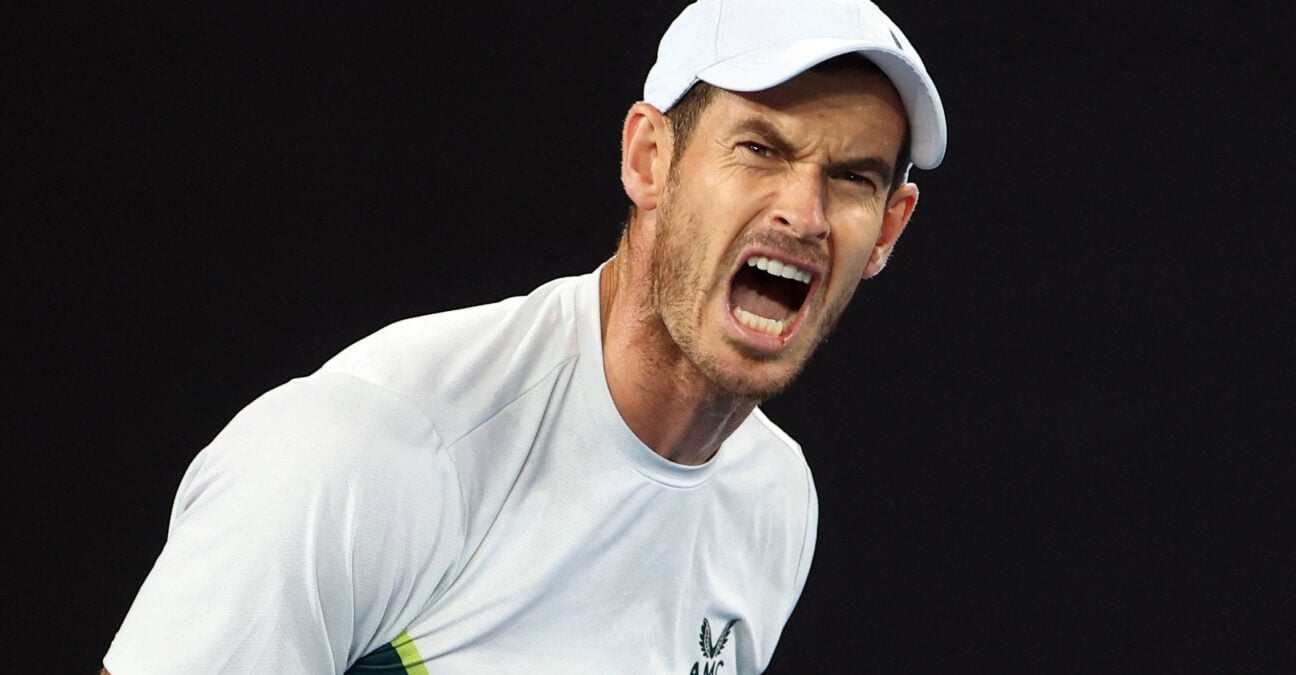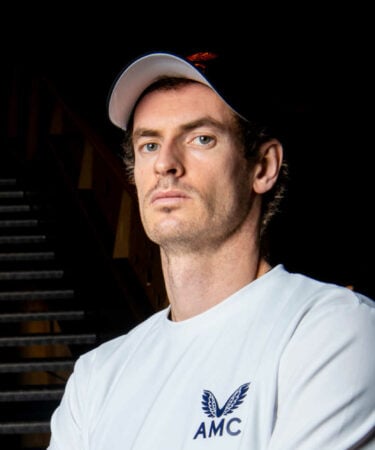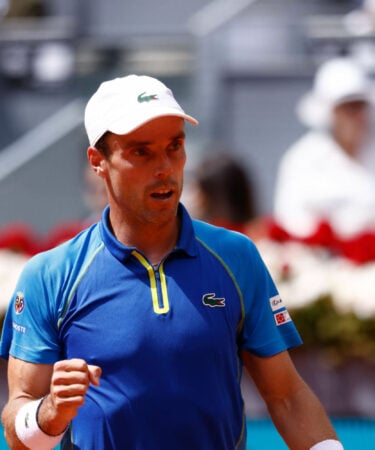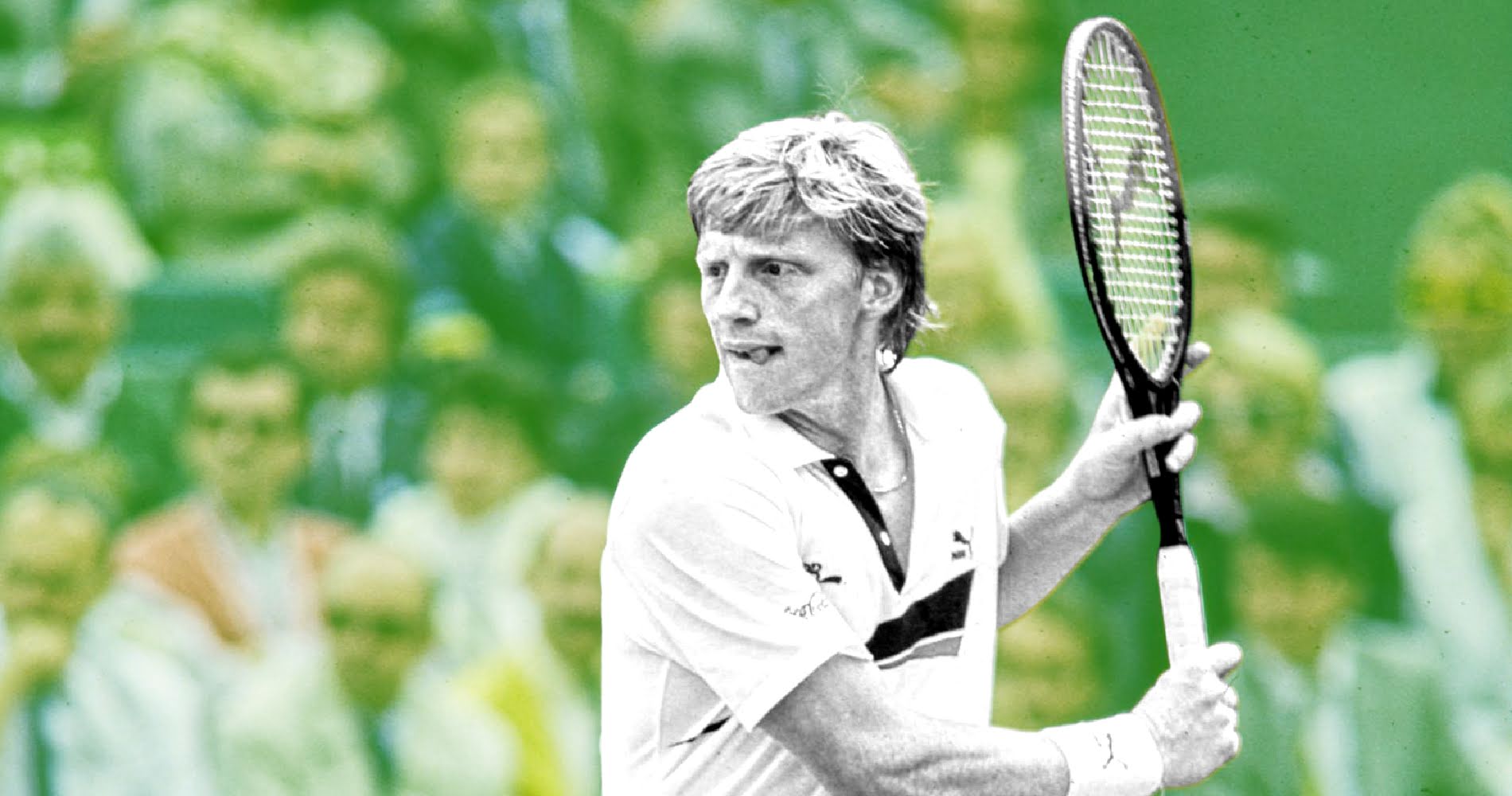10:34 in two rounds – recent history shows that the odds are against a deep Andy Murray run in Australia
Andy Murray’s inspired tennis and never-say-die attitude has him into the third round in Melbourne. History says his chances of further success are slim.
 Andy Murray 2023 Australian Open (AI/Reuters/Panoramic)
Andy Murray 2023 Australian Open (AI/Reuters/Panoramic)
Andy Murray, the magic man, has done nothing but inspire across his first two matches at the 2023 Australian Open. The brave-hearted, never-say-die pugilist has astounded fans with his will to compete and his passion for the sport. Yes, this is the man that had supposedly struck his last ball in anger in Melbourne way back in 2019, before the hip resurfacing and the long – too long? – arduous climb back into the top-100.
This week, far from retired at the age of 35, Murray improbably soldiers on in Australia. With ten hours and 34 minutes of dramatic, fly-by-the-seat-of-your pants tennis under his belt, he will attempt to get past 24th-seeded Roberto Bautista Agut in the third round. Fitting that he should match up with the resilient Spaniard in round three, for it was Bautista Agut that outlasted Murray in the first round in 2019 in a match that we all thought was the end of Murray’s Australian Open career.
Far from it!
But are Murray’s days numbered at this Australian Open? What are the odds that he can continue to progress in spite of all the energy sapping tennis that he has had to play just to reach the third round?
We thought it would be of some use to let recent history be our guide, so we asked our statistician to dig out the ten most difficult journeys through the first two rounds of a Slam (in elapsed time since 2000), to find out what those players were able to do in round three in beyond.
We searched back to 2000 and found the 10 players who spent the longest amount of time on court through two rounds at a Grand Slam, noticing that not a single one of the players was able to reach beyond the third round.
See them all below:
1. Wimbledon 2010 – John Isner : (12:19)
- R1: defeated Nicolas Mahut (11h05)
- R2: Defeated by Thiemo de Bakker (1h14)
2. Wimbledon 2010 – Nicolas Mahut : (11:05)
- R1 : Lost vs John Isner (11h05)
3. Australian Open 2023 – Andy Murray : (10:34 )
- R1 Defeated Matteo Berrettini (4h49)
- R2 Defeated Thanasi Kokkinakis (5h45)
- Will face Roberto Bautista Agut in third round
4. Roland Garros 2004 – Fabrice Santoro (9:55)
- R1 defeated Arnaud Clément (6h33)
- R2 defeated Irakli Labadze (3h22)
- R3 Defeated by Olivier Mutis (3 sets)
5. US Open 2009 : Nicolas Lapentti (9:31)
- R1 : Defeated Stan Wawrinka (4h43)
- R2 : Defeated by Denis Istomin (4h48)
6. Australian Open 2013 : James Duckworth (9:18)
- R1 : Defeated Benjamin Mitchell (4h26)
- R2 : Defeated by Blaz Kavcic (4h52)
7. Australian Open 2022 : Cristian Garin (9:14)
- R1 : Defeated Facundo Bagnis (4h39)
- R2 : Defeated Pedro Martinez (4h35)
- R3 : Defeated by Gaël Monfils – (3 sets)
8. US Open 2019 : Paolo Lorenzi (9:08)
- R1 : Defeated Zachary Svajda (4h20)
- R2 : Defeated Miomir Kecmanovic (4h48)
- R3 : Defeated by Stan Wawrinka – (3 sets)
9. US Open 2012 : Gilles Muller (8:58)
- R1 : Victoire vs Mikhail Youzhny (4h23) – TdS 28
- R2 : Défaite vs Lleyton Hewitt (4h35)
10. Roland Garros 2012 : Paul Henri Mathieu (8:55)
- R1 : Victoire vs Bjorn Phau (3h14)
- R2 : Victoire vs John Isner (5h41)
- R3 Defeated by Marcel Granollers – (5 sets)
It gives us an idea of the challenges facing Andy Murray as he rests, recovers and prepares for the Bautista Agut challenge. If you’re scoring at home, Bautista Agut has spent 4:47 on the court through two rounds, and he has won his last three matches against Murray (the pair are 3-3 overall).
One thing we must consider is this: none of the players listed above are three-time Grand Slam champions and former world No 1s. Murray is cut from something different and, as he’s proven to us already in Melbourne. And he’s playing inspired tennis. The stats don’t say that Murray can’t do it; they just say that it isn’t likely.
Juan Carlos Ferrero – a positive example
Our statistician also searched for the player who played the longest amount of time through two rounds that was able to reach the second week at a major. That would be Juan Carlos Ferrero, who made an inspired run to the round of 16 at the 2011 US Open.
Here’s how he did it:
US Open 2011 : Juan Carlos Ferrero (8:20)
- R1 : Defeated Pablo Andujar (3h32)
- R2 : Defeated Gael Monfils (4h48)
- R3 : Defeated Marcel Granollers 6-1 4-3 RET
- R16 Defeated by Janko Tipsarevic
No matter how things turn out for Andy Murray on Saturday in Melbourne, the great Scot has already created an inspiring run that will go down in tennis annals as further proof that he was one of the all-time greats who didn’t know the meaning of the word quit.
We should take inspiration from that, and from whatever Murray does next in his illustrious career.
















